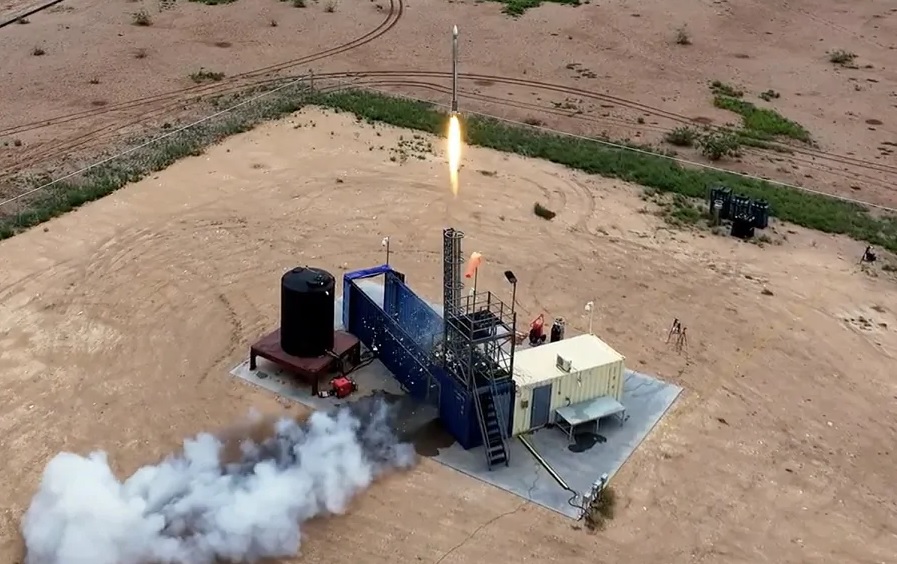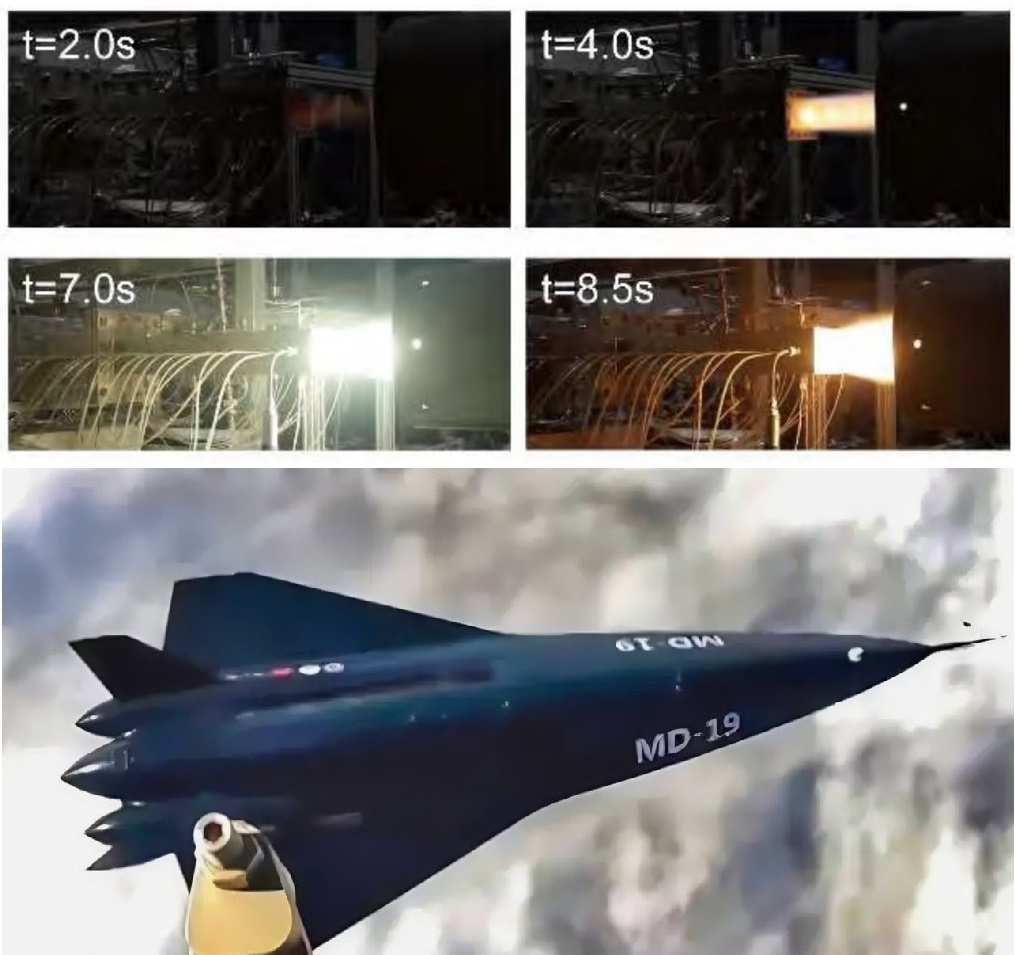Hanwha Defense USA Invests in Firehawk Aerospace to Accelerate 3D-Printed Rocket Motor Production

Firehawk Aerospace has announced that Hanwha Defense USA has taken a strategic equity stake in the Texas-based firm to accelerate the development and production of additive-manufactured solid rocket motors (SRMs) for U.S. and allied defense programs. While the companies did not disclose financial details, industry sources describe the investment as an “eight-figure” placement, underscoring Hanwha’s growing interest in expanding its transatlantic defense footprint.
The announcement follows Firehawk’s recent $60 million fundraising round, which was oversubscribed and included participation from a European strategic vehicle linked to Czechoslovak Group (CSG). That round marked a major milestone for the Dallas-based startup, signaling that allied investors are seeking to strengthen energetics supply chains — an increasingly fragile segment of the global defense industrial base.
A Strategic Link Between the U.S. and South Korea
Hanwha’s investment represents more than a financial boost; it is a strategic partnership aligning a U.S. propulsion innovator with a major South Korean defense conglomerate. Hanwha has been steadily building its footprint in NATO and U.S. defense markets through land-systems programs such as the K9 self-propelled howitzer, and through cooperative missile and radar initiatives.
For Hanwha, this move extends its ambitions into the propulsion and energetics domain — a critical area of the defense supply chain that has faced shortages since 2022. For Firehawk, the deal provides both capital and industrial leverage, opening potential access to Hanwha’s established production networks and long-term supply contracts across Europe and Asia.
The partnership is being viewed as a pragmatic convergence between two industrial strategies: Hanwha’s drive to secure a durable presence in Western defense supply lines, and Firehawk’s goal of scaling additive manufacturing for solid rocket propulsion.
Reinventing Rocket Motors Through Additive Manufacturing
Firehawk’s central innovation lies in additive manufacturing (AM) — specifically, using 3D printing techniques to produce thermoplastic-based propellant charges and customized internal geometries for rocket motors.
Traditional SRM production relies on casting propellant into molds, a time-consuming process that limits flexibility and consistency between batches. Firehawk’s approach replaces these methods with precision-printed propellant segments that allow for faster iteration, safer handling, and consistent internal ballistics.
By using 3D-printed grain structures, engineers can modify internal port profiles to control chamber pressure ramps and thrust curves, optimizing rocket motors for different missile classes — from shoulder-fired anti-air systems to longer-range surface-launched munitions.
According to Firehawk CEO Will Edwards, additive manufacturing also shortens development cycles dramatically. “We can move from a digital model to a static fire test in days, not months,” he said earlier this year. “That speed fundamentally changes how propulsion systems are developed and qualified.”
Expanding Test and Production Capabilities in Texas
To support its scale-up, Firehawk has expanded its test and production infrastructure in West Texas, establishing facilities capable of instrumented static fires and containerized storage for printed energetics. These containerized systems allow the company to streamline logistics while maintaining safety and environmental controls.
The company has demonstrated tactical-scale SRM test articles roughly equivalent in size to the motors used in Javelin and Stinger missiles, suggesting it is transitioning from laboratory experiments to deployable prototypes.
Firehawk’s roadmap includes supporting U.S. Air Force TACFI programs targeting range-optimized propellant blends and thrust control, as well as U.S. Army trials involving small-scale air defense systems.
A Broader Push for Energetics Independence
The Firehawk–Hanwha partnership comes amid a global rethink of energetics production and munitions logistics, especially after the war in Ukraine revealed deep bottlenecks in propellant and explosive supply.
For both the United States and Europe, rebuilding the defense industrial and technological base (BITD) means diversifying suppliers and developing modular, reconfigurable production lines that can meet surging demand.
By integrating additive manufacturing, Firehawk aims to deliver small-batch SRM production with tailored performance for mission-specific requirements — a flexibility that traditional casting cannot achieve. For Hanwha, it means acquiring expertise in a technology that may soon become standard in next-generation missile programs.
Strategic Implications
Industry analysts say this partnership could reshape the SRM manufacturing landscape. By merging U.S. propulsion innovation with Hanwha’s industrial depth, the collaboration enhances supply chain resilience and reduces dependence on a handful of legacy suppliers.
Printed SRMs also promise more consistent performance parameters, improving missile interoperability and simplifying fire-control calculations for systems that rely on tightly controlled trajectories — a key factor for multi-domain operations across land, sea, and air platforms.
For militaries, the benefits translate to faster fielding, deeper magazines, and shorter replenishment cycles — all critical factors in sustaining high-intensity operations.
In short, Hanwha’s investment represents both a vote of confidence in Firehawk’s technology and a strategic move to anchor advanced energetics production within the allied industrial network.
Toward a Reconfigurable Future
The defense sector’s pivot toward industrial agility — the ability to design, test, and field munitions on compressed timelines — is driving interest in Firehawk’s technology. If successful, the company’s additive manufacturing approach could help bridge the gap between consumption and replenishment, one of the most pressing challenges exposed by recent conflicts.
As Hanwha deepens its presence in Western defense supply chains, and Firehawk continues its expansion in the United States and Europe, the partnership signals a clear industrial trend: the future of propulsion lies in digital, modular, and distributed manufacturing — built not in massive casting halls, but in 3D-printing cells capable of turning data into thrust.
✍️ This article is written by the team of The Defense News.






